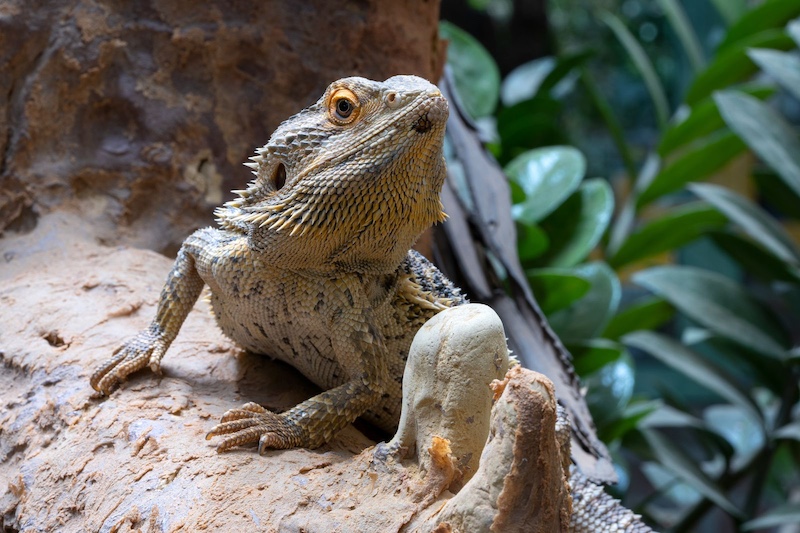Bearded dragons are fascinating reptiles that have captured the hearts of many pet enthusiasts. Known for their calm demeanor and distinct appearance, these lizards make excellent pets and are a joy to observe. Here are ten interesting facts about bearded dragons that highlight their unique characteristics and behaviors.
1. Bearded Dragons Originate from Australia

Native to Australia, bearded dragons are found in a range of environments, including deserts, woodlands, and shrublands. The central bearded dragon (Pogona vitticeps) is the most common species kept as pets.
2. They Puff Out Their Throat When Threatened
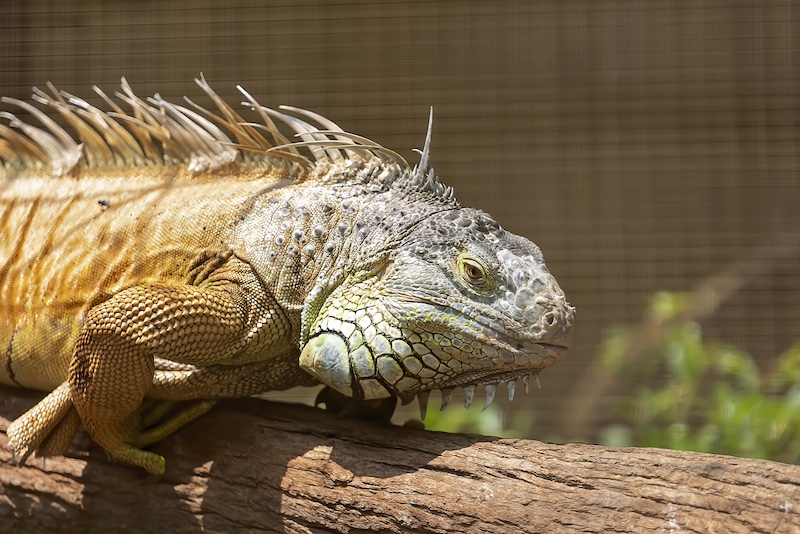
One of the most distinctive defense mechanisms of bearded dragons is their ability to puff out their throat, creating a “beard” of spiky scales. This display, often accompanied by a darkening of the beard and body inflation, is used to scare off predators and rivals.
3. They Are Ectothermic and Need External Heat
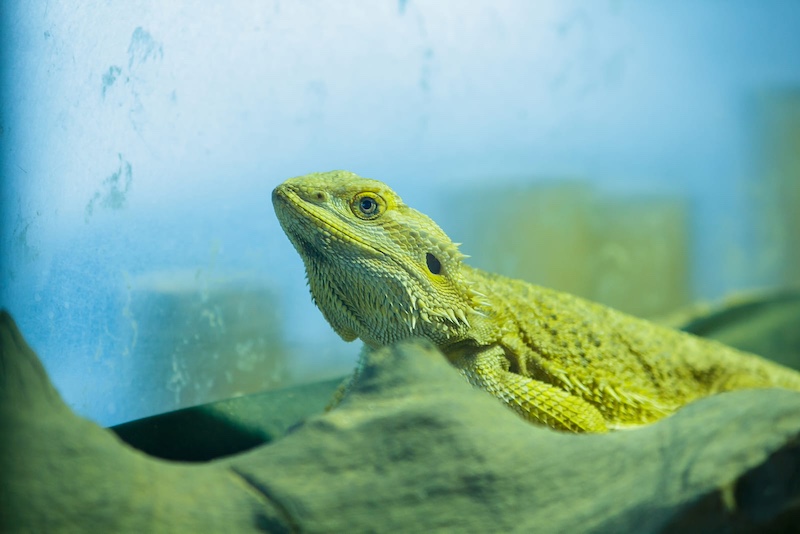
Bearded dragons are ectothermic, relying on external heat sources to regulate their body temperature. In the wild, they bask in the sun and seek shade to cool down. In captivity, they require a heat lamp and a cooler area in their enclosure to mimic these natural conditions.
4. Bearded Dragons Are Omnivores
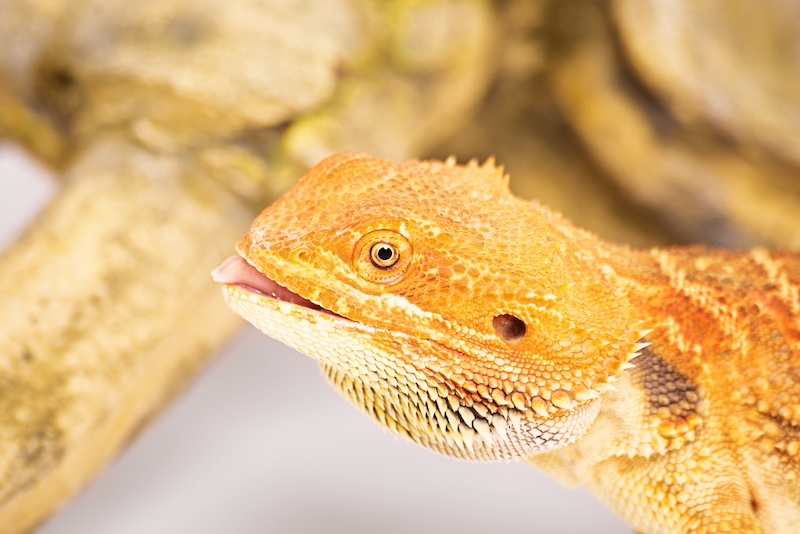
These reptiles have a varied diet, eating both animal and plant matter. Young dragons consume more insects, while adults shift towards a diet that includes more vegetables and fruits. Providing a balanced diet is essential for their health.
5. They Can Change Their Color
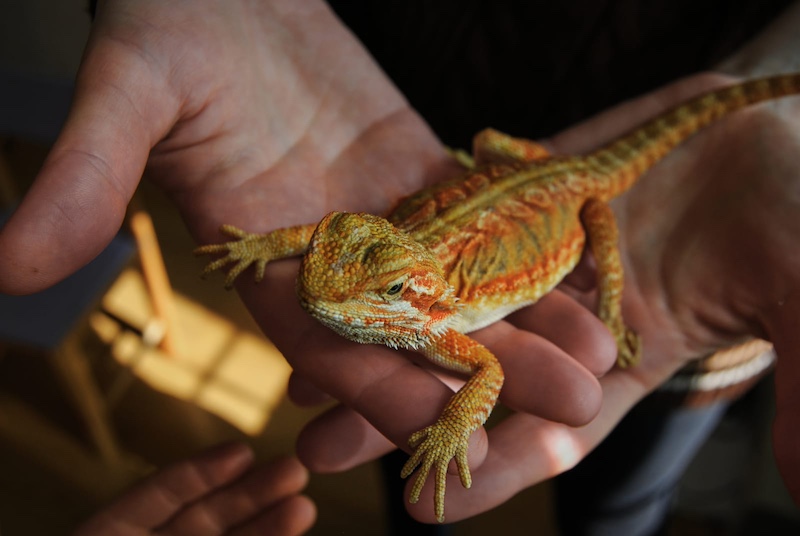
Bearded dragons can change their skin color in response to temperature, mood, and social interactions. Darkening their skin helps them absorb more heat, while color changes can also indicate dominance or submission.
6. They Communicate Using Body Language
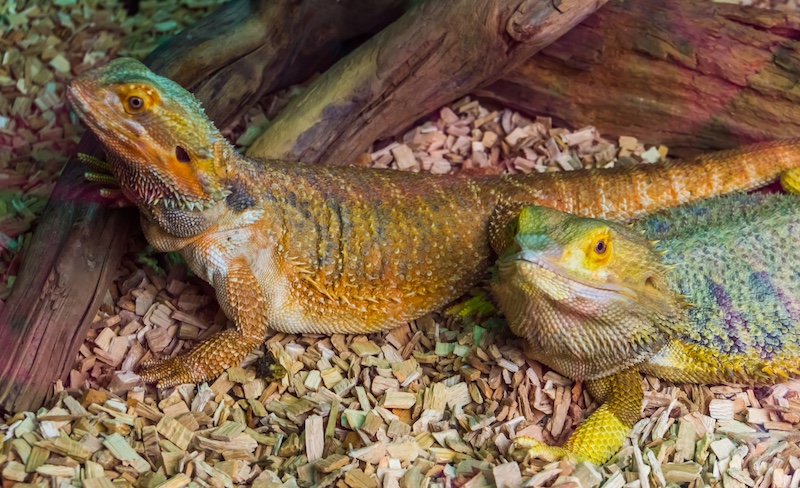
Bearded dragons use a variety of body language signals to communicate. Arm-waving is a submissive gesture, while head-bobbing often signifies dominance or aggression. Understanding these signals can help owners better interpret their pet’s behavior.
7. Bearded Dragons Can Live Up to 15 Years
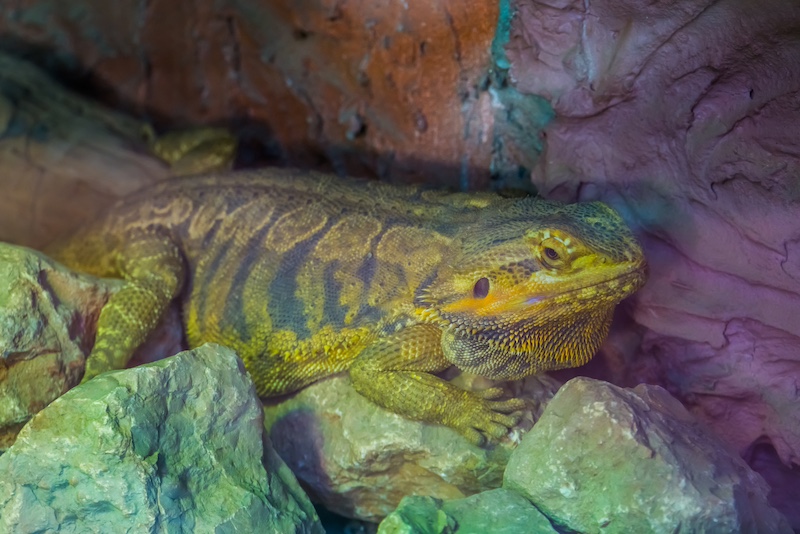
With proper care, bearded dragons can live between 10-15 years in captivity. They grow quickly in their first year, reaching half of their adult size, and can ultimately grow to be 18-24 inches long, including their tail.
8. They Shed Their Skin in Patches
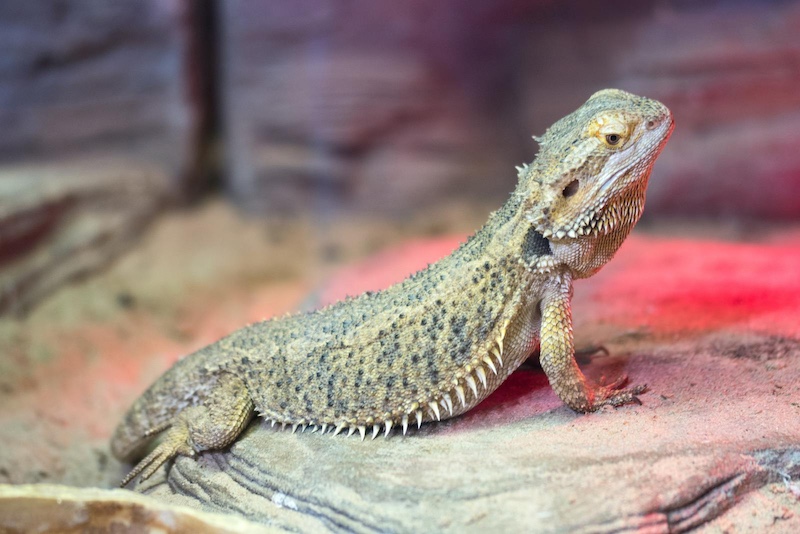
Like other reptiles, bearded dragons shed their skin as they grow. Unlike snakes, which shed in one piece, bearded dragons shed in patches. This process can be facilitated by providing a humid environment or a shallow water bath.
9. They Undergo Brumation
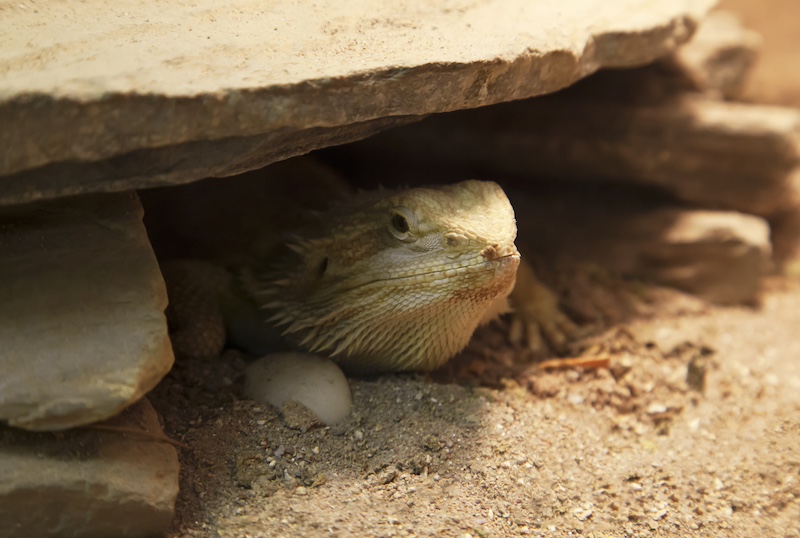
Bearded dragons may enter a state called brumation, similar to hibernation, during cooler months. During this time, they eat less and become less active. Brumation is a natural adaptation to survive periods of cold and food scarcity.
10. They Have a Gentle and Curious Nature
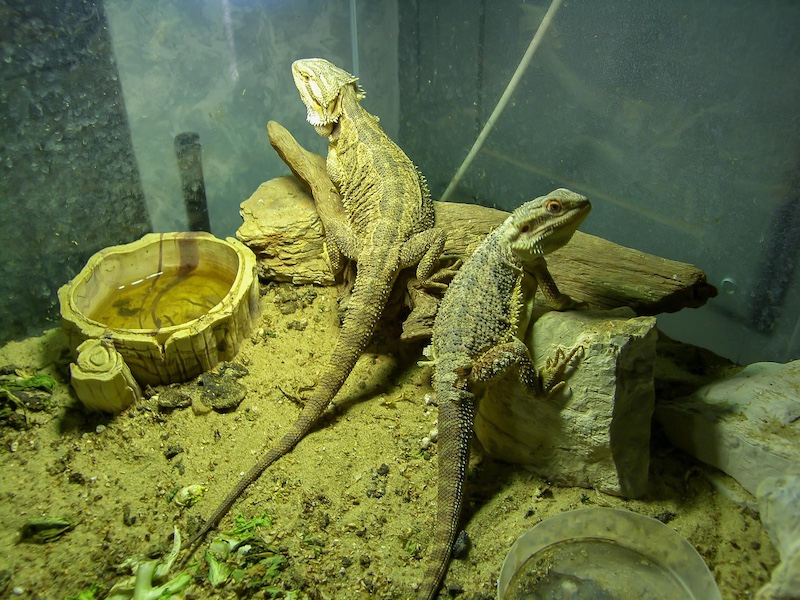
Known for their docile temperament and curiosity, bearded dragons are generally easy to handle and enjoy interacting with their owners. These qualities make them popular pets for both novice and experienced reptile enthusiasts.
This content was created with the assistance of AI and thoroughly edited by a human before publishing.

